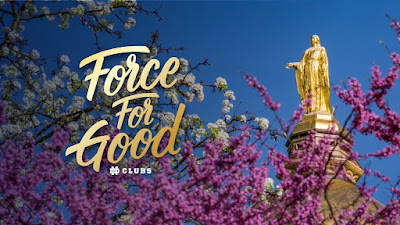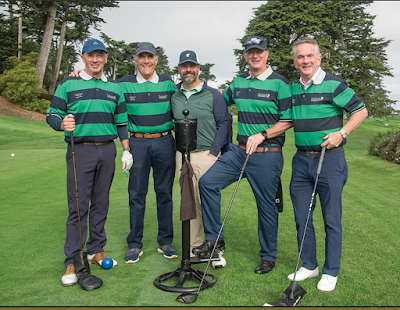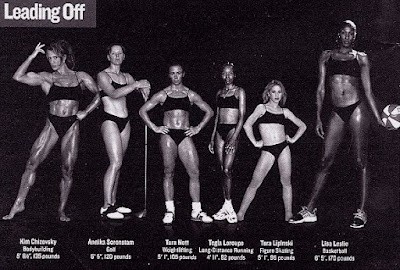Let's be honest, Lent is long. Even with Laetare Sunday—March 27—reminding us that we are 21 days from Easter joy, three full weeks remain in the journey. The spiritual season is meant to mirror the 40 days and nights Jesus spent in the desert. The Lord fasted and prayed. He was tempted and yet He persevered. And you?
 |
| these donuts were not in the iconic pink box, but still led me into temptation |
During Lent, we make plans for deeper conversion. Some of us refrain from eating certain foods, maybe a dish we like, or we avoid social media. Whatever the case, we are trying to discipline ourselves in some way. Sometimes, we don’t stick with what we planned. Sometimes, we completely abandon the good work we started. But many of us in fact, persevere as well. How?
This is an important question to ask. With any goal—whether it is physical, spiritual, personal or prayerful—it helps to know how we can succeed. What choices ought we make? What should we avoid? Who can we turn to for support? When are we weak? When are we strong?
Just this morning, I found a helpful hint when I needed it most. The Fellowship of Franciscan Athletes is a group of student athletes who come together for faith sharing and prayer. Co-founder of the group, Jack Perry—home for spring break—came back to Saint Francis to speak about our dignity and worth beyond sports. He shared passages of Scripture, examples from the Bible, his personal story and led us in prayer. Thanks, Jack!
The group often promotes a speaker or guest to draw a crowd. Another successful tactic to attract students is extending hospitality, and of course fellowship. It works!
For this speaker, the moderator spared no expense. I looked at the pink box of donuts he passed around with eyes bigger than my stomach. Move over Dunkin'. So long Krispy Kreme! Stan's donuts beats all. I took my seat in the gym and rationalization began. I decided I would wait until after everyone else got a donut before I ate my own.
I gave up sweets for Lent. I have done this for the past three years, because this sacrifice brings me into temptation nearly everyday. During Lent 2022, I have won many of those battles and other times, I have fallen. I have not abandoned ship. Today, however, I decided the apple fritter that caught my eye was mine for taking.
What's scary is I didn't even make an excuse for my choice. I deemed no justification necessary. In a way this scared me, I usually make a worthy plea bargain for my sugar intake. For example, I renounced my Lenten obligation because it was my friend's birthday. I mean, why not join in the celebration? The Sunday before last, I had the dessert after dinner because—well, it's Sunday. Thank you, Resurrection. Today, I was just ready to enjoy. Lent be gone.
I could barely believe what I just heard. My plans for a donut suddenly changed. I couldn't look Max or anyone in the eye and not share that I made the same sacrifice.
This exchange reminded me of the importance of community. To take on any sacrifice is a challenge, but once we know we are in relationship with others doing the same—somehow, someway the burden isn't so heavy. We can swap stories. Share sympathy. Hold one another accountable, both directly and indirectly.
At the beginning of Lent, I discussed with my students the many ways we can implement the traditional pillars of Lent both as a community and in our homes. I invited them to consider not only giving something up, but doing something as well. I told them that I was giving up sweets and I said "please ask me how it is going. I know it won't be easy."
I understand that some people may not want to share what they have given up. But I do believe we can all give a little insight into our own journey and as proven today, help another person in the process. It helps me to know we do not spend these 40 days alone in the desert. We have Jesus and we have one another. Thanks be to God.
Photo Credits
Lent































